Gaza’s children – resilient or traumatised?
The children who have been orphaned as a result of conflict in Gaza reel from one war to the next. Humanitarian photojournalist, Paddy Dowling reports
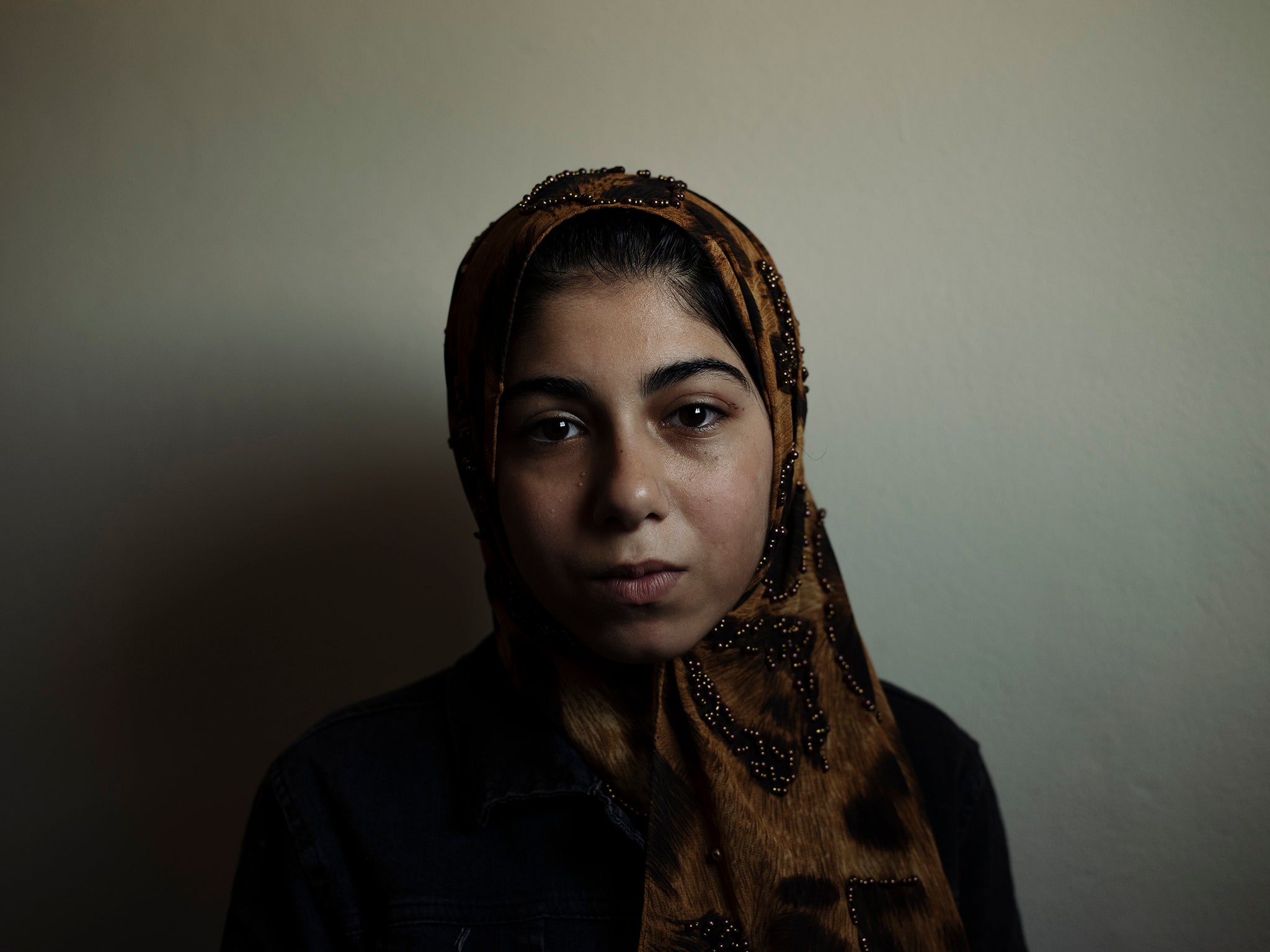
Silhouetted by the flood of first light bursting in through a small window of a dark room, Baraka, 13, explains how during Gaza’s third war of 2014, she was sitting on her grandmother’s lap as the family prepared the evening meal. More than 30 members of her extended family seeking shelter were crammed into a relative’s house in Jebaliya, northern Gaza, when heavy tank artillery struck the property – five times.
As Baraka bravely recollects the events of that tragic day, she eventually surrenders to the quivering lip she has fought so hard to control. Overwhelmed by grief, Baraka plants her face deep into the palms of her hands. Aged just six, she witnessed the death of her father, sister, grandmother, four uncles and two cousins. The bodies of two of her uncles were never recovered from the debris of the three storey residence.
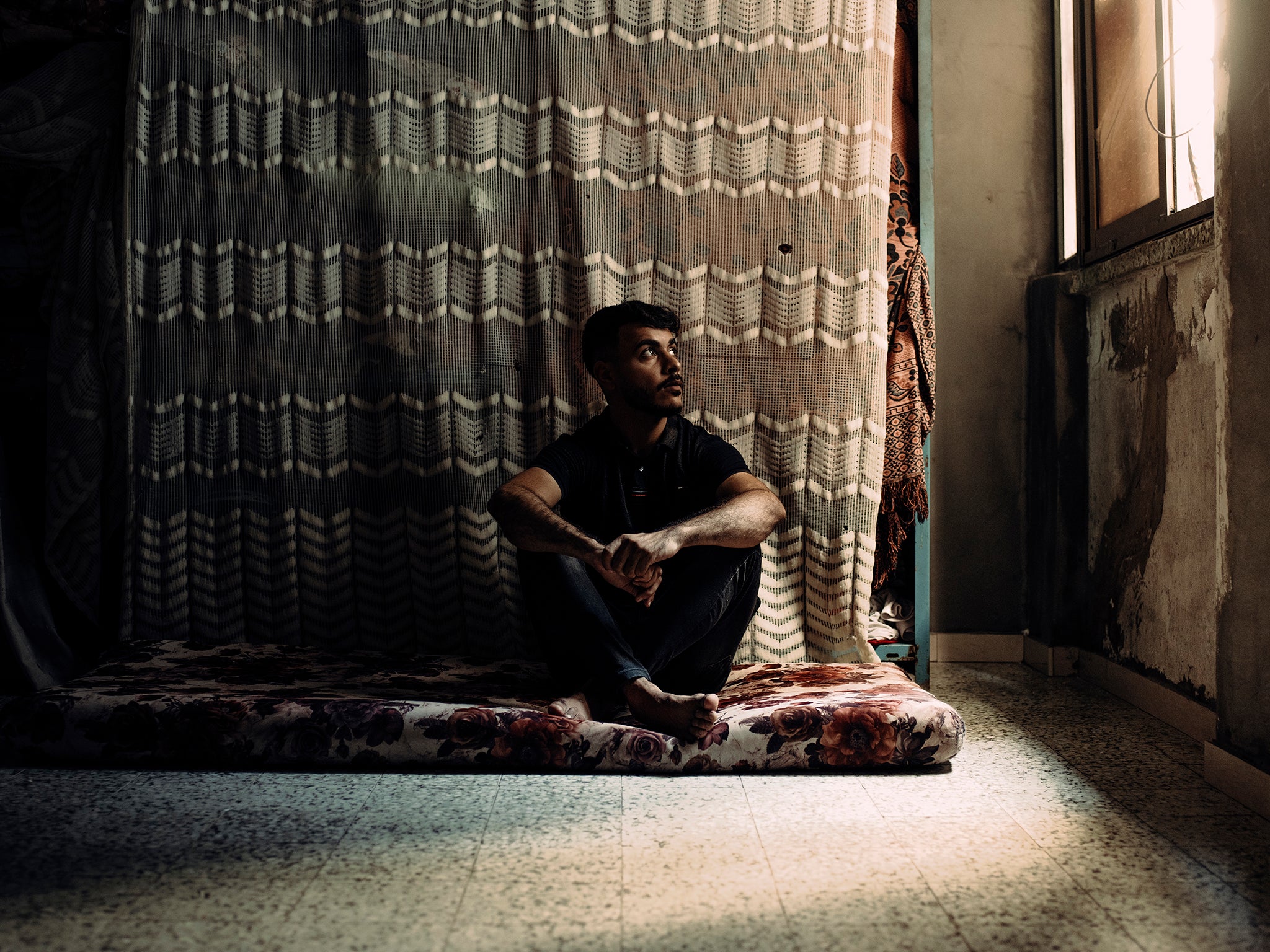
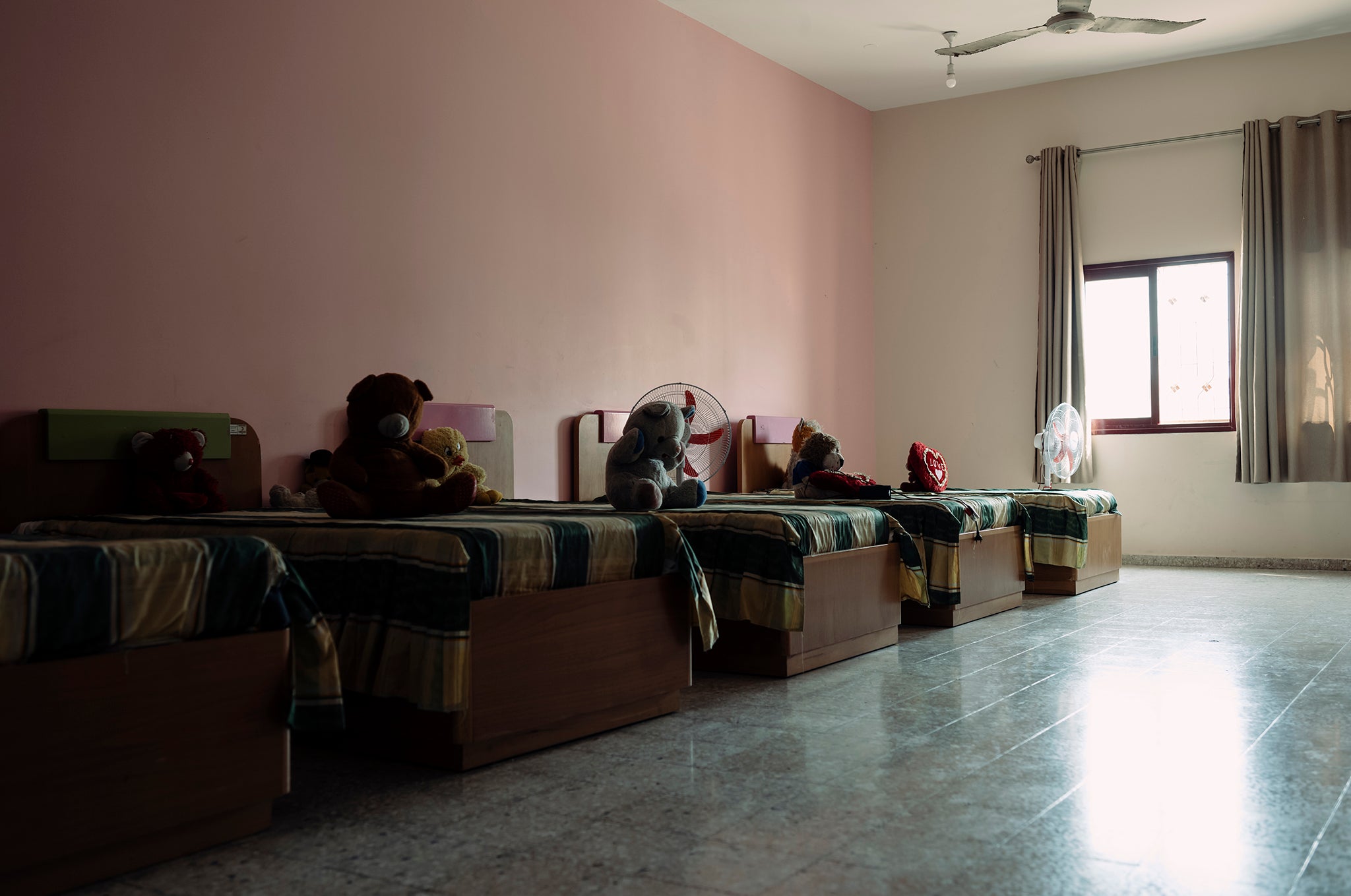
Eight years on, many children like Baraka are still struggling to process the trauma the 51-day war in the besieged Gaza Strip and Israel in the summer of 2014 inflicted upon them, even after they have received psychosocial support services.
Before Gaza’s fourth war in May last year, the United Nations children’s charity, UNICEF, reported that one in three children in Gaza already required support for conflict-related trauma. But the need for mental health and psychosocial support services for children has undoubtedly only increased.
Gaza’s children, many of whom have witnessed most, if not all, of the four conflicts spanning from 2008 to 2021, have suffered fear for life, loss of family members and physical injuries. This has exacerbated the risk of psychological distress and mental disorders.
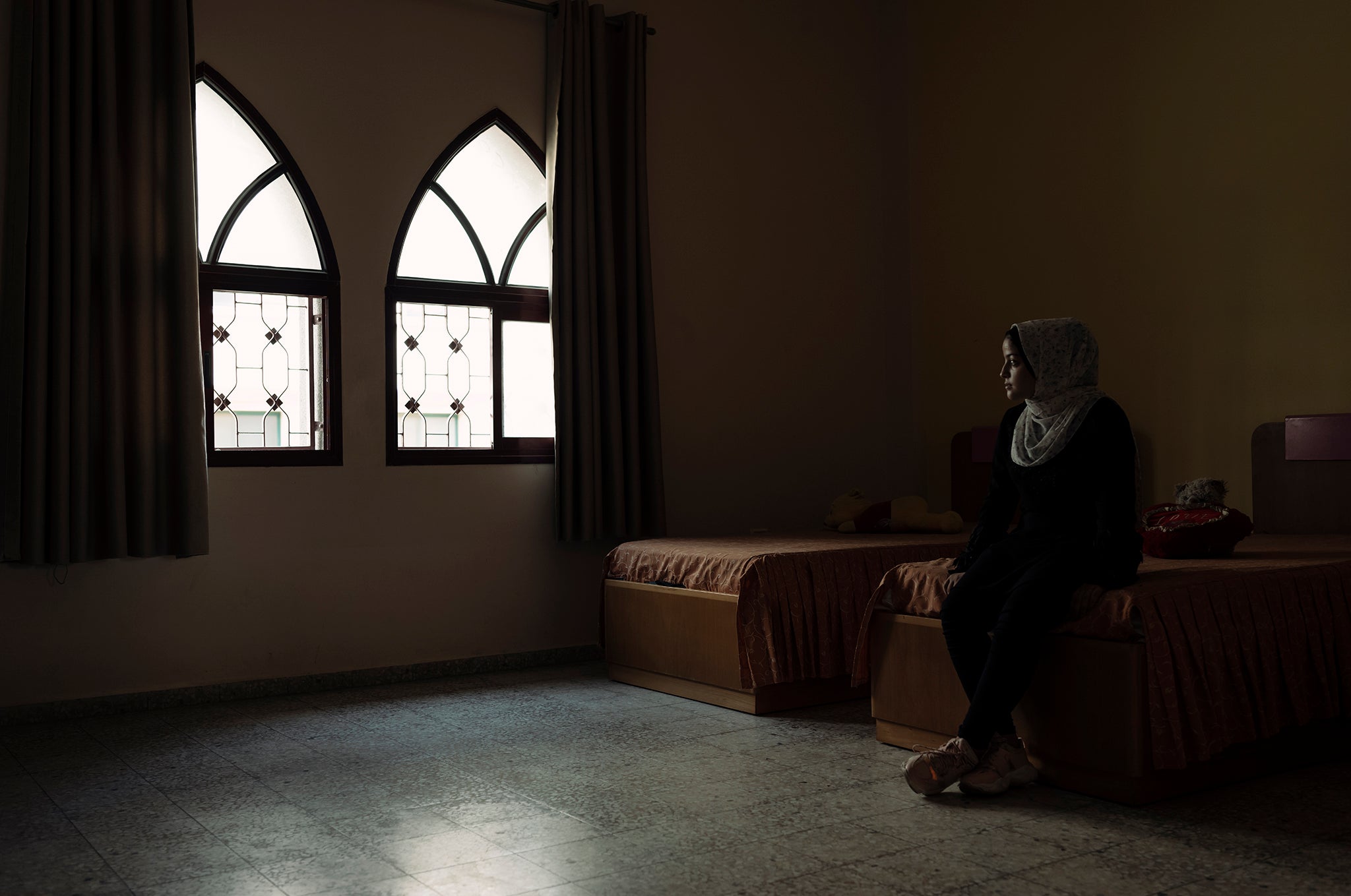
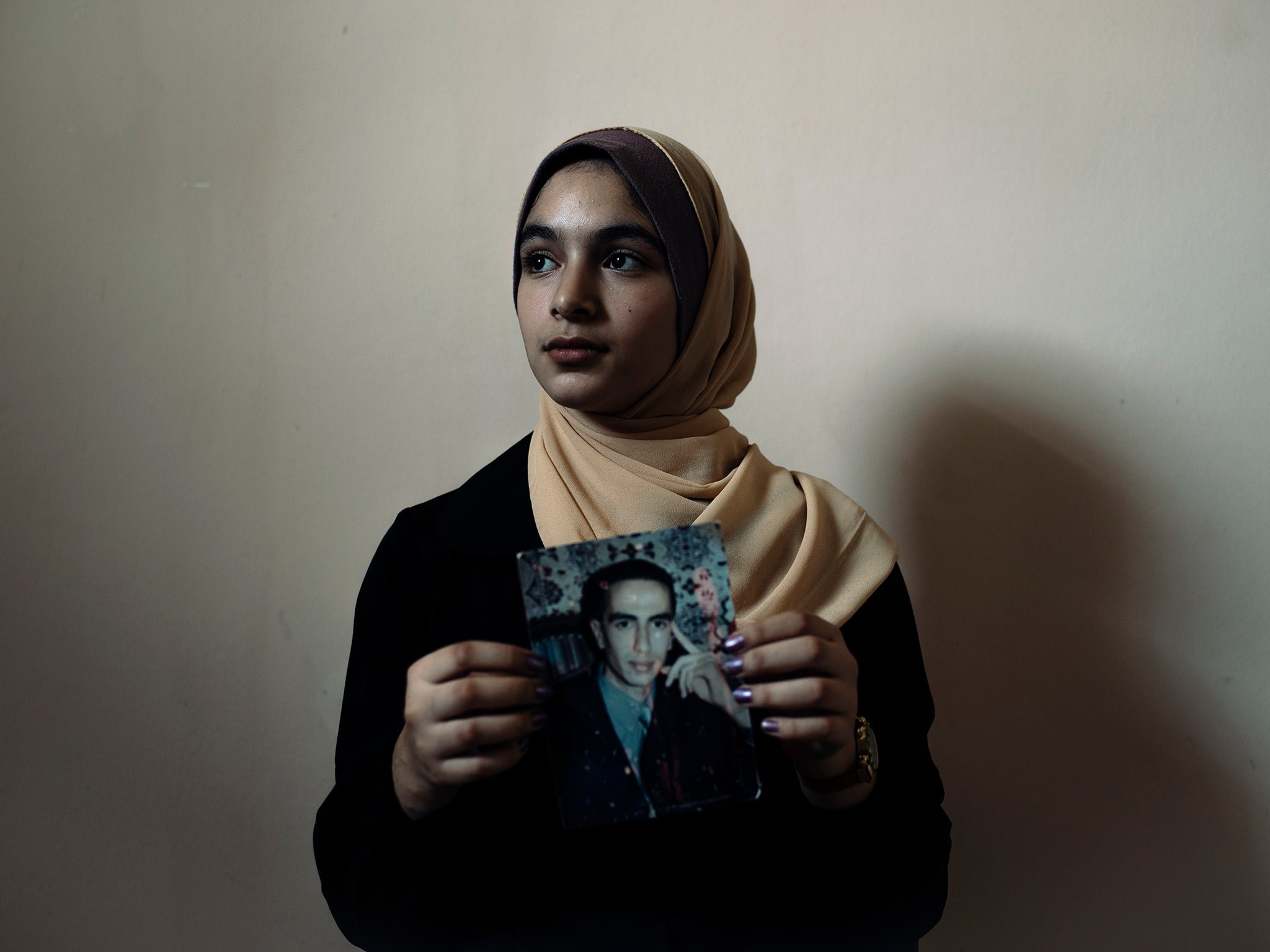
The ability to pick themselves up and dust themselves off after each war is not a luxury – it is a prerequisite of living in Gaza.
Unsurprisingly, Gazans have earned the reputation of being resilient. But is this resilience? And if it is resilience, is that a reason not to recognise they are one of the most traumatised demographic of people in the world?
Resilience, in the context of Gaza, is the ability of a child to recover following a traumatic event. However, some traumatic events are so severe they can overwhelm a child’s capacity to recover.
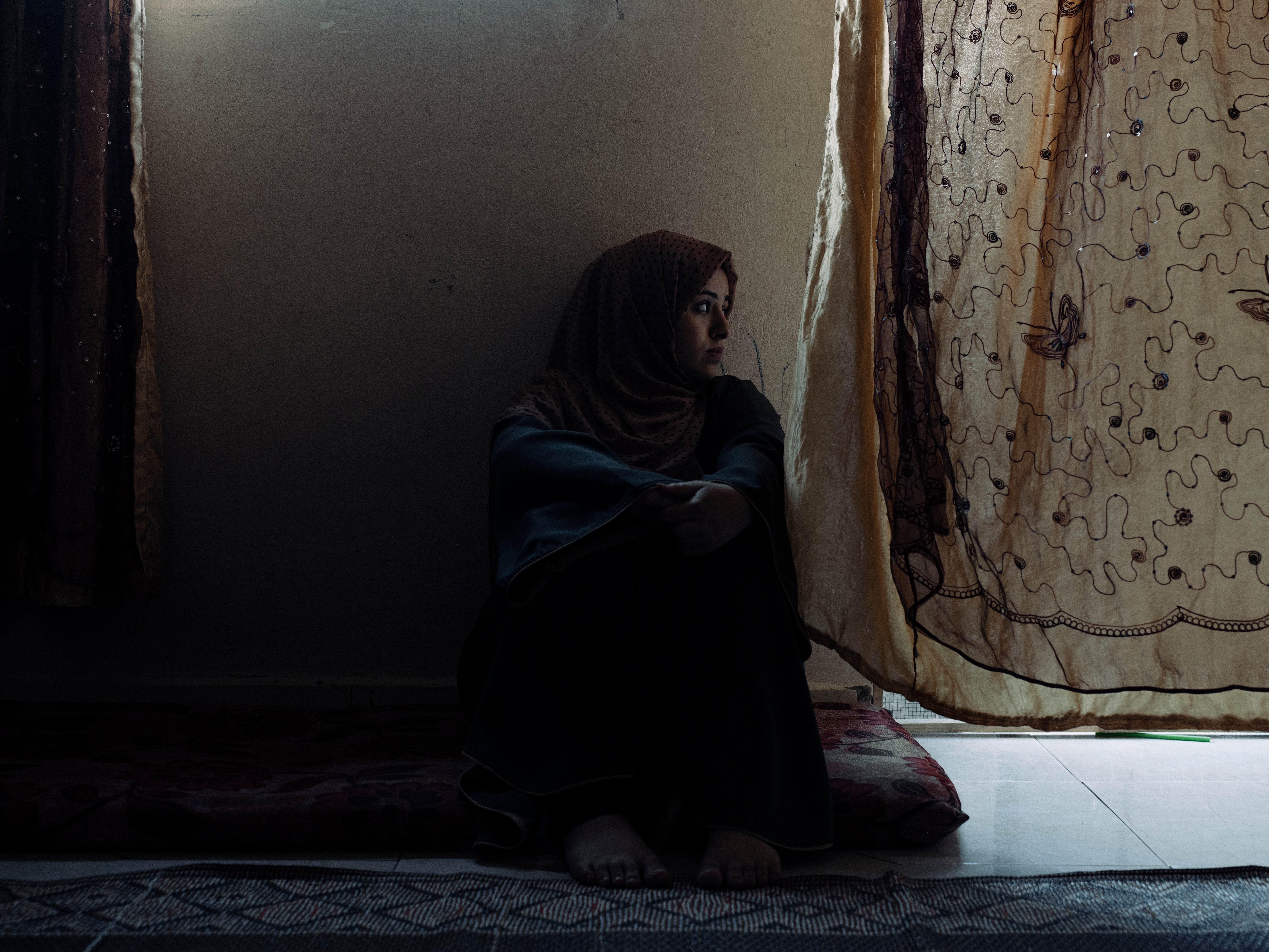
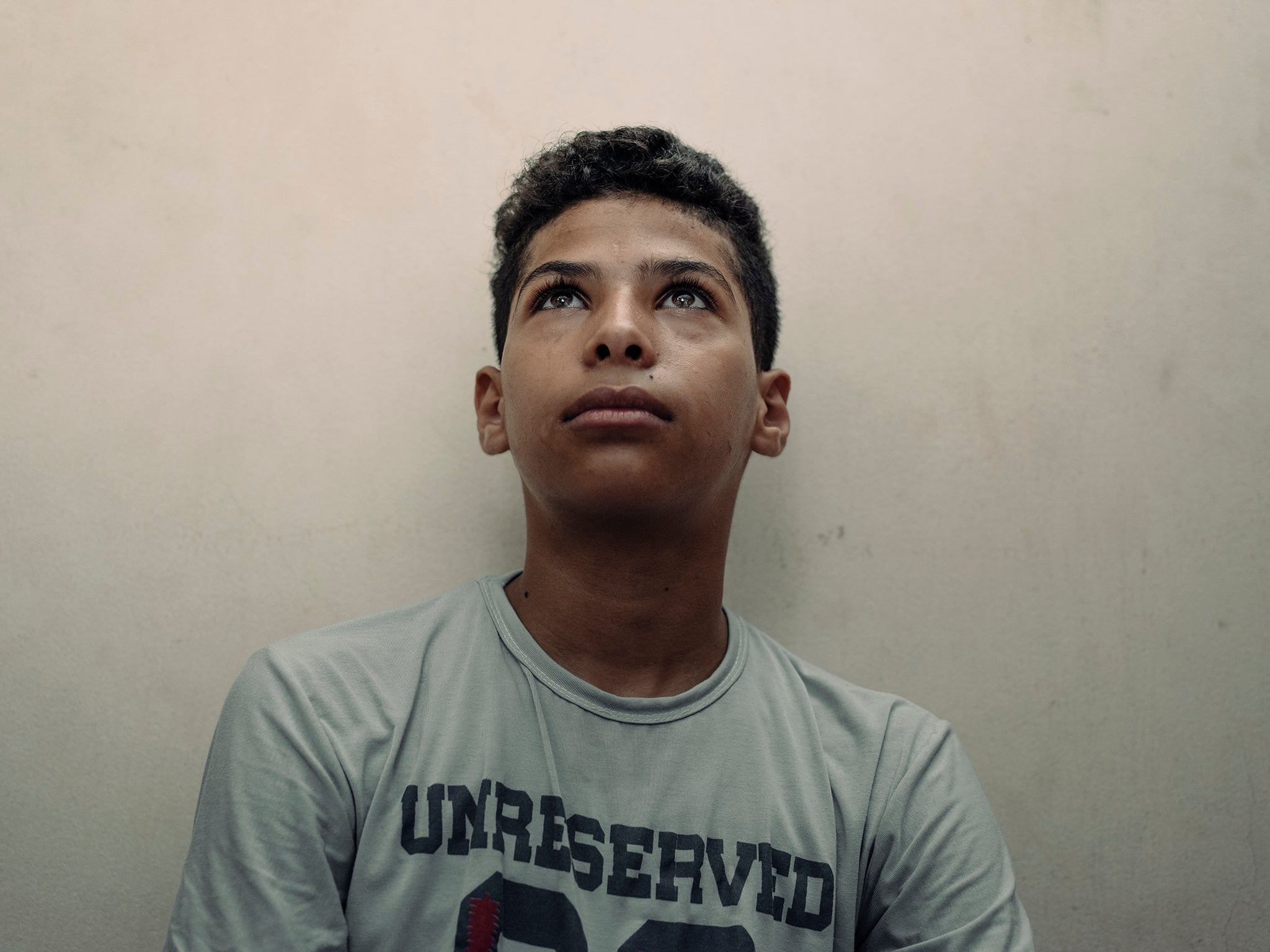
In most normal environments, with the right support, children who are vulnerable to high rates of mental distress including post-traumatic stress disorder, stand a good chance of rebuilding their lives, improving their mental health and emotional wellbeing, and building resilience.
However, life in Gaza is anything but normal. Residents live one day at a time, reeling from one conflict and waiting for the next.
Unemployment in the strip currently stands at around 50 per cent, and those surviving below the extreme poverty line (96p per day) stands at 64 per cent. In addition, the enormous challenges to daily living conditions, which include limited electricity, undrinkable water and a whole host of restrictions placed on imports including medical supplies, are placing enormous strain on parents and preventing any chance of a sustainable recovery for children.
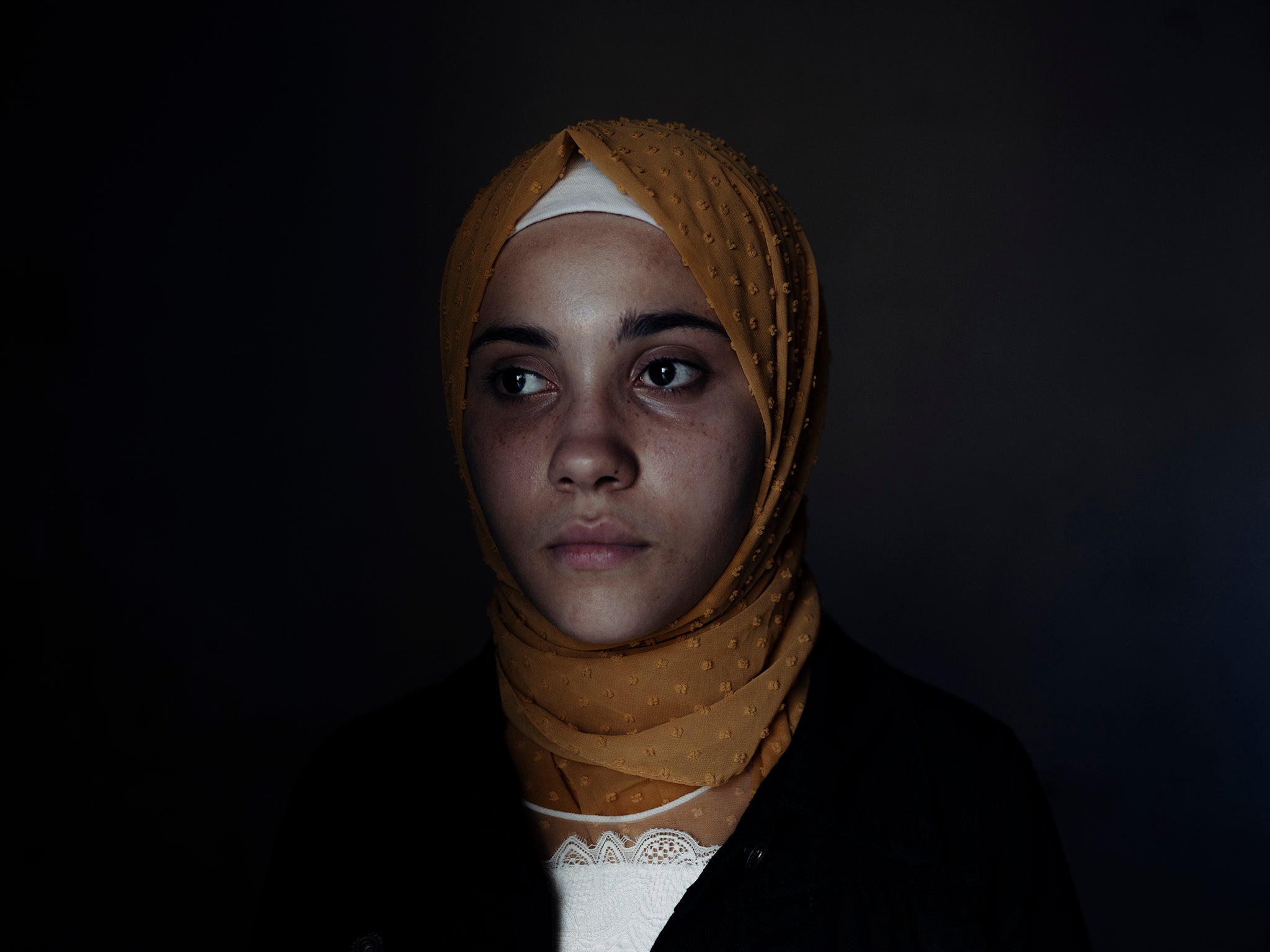
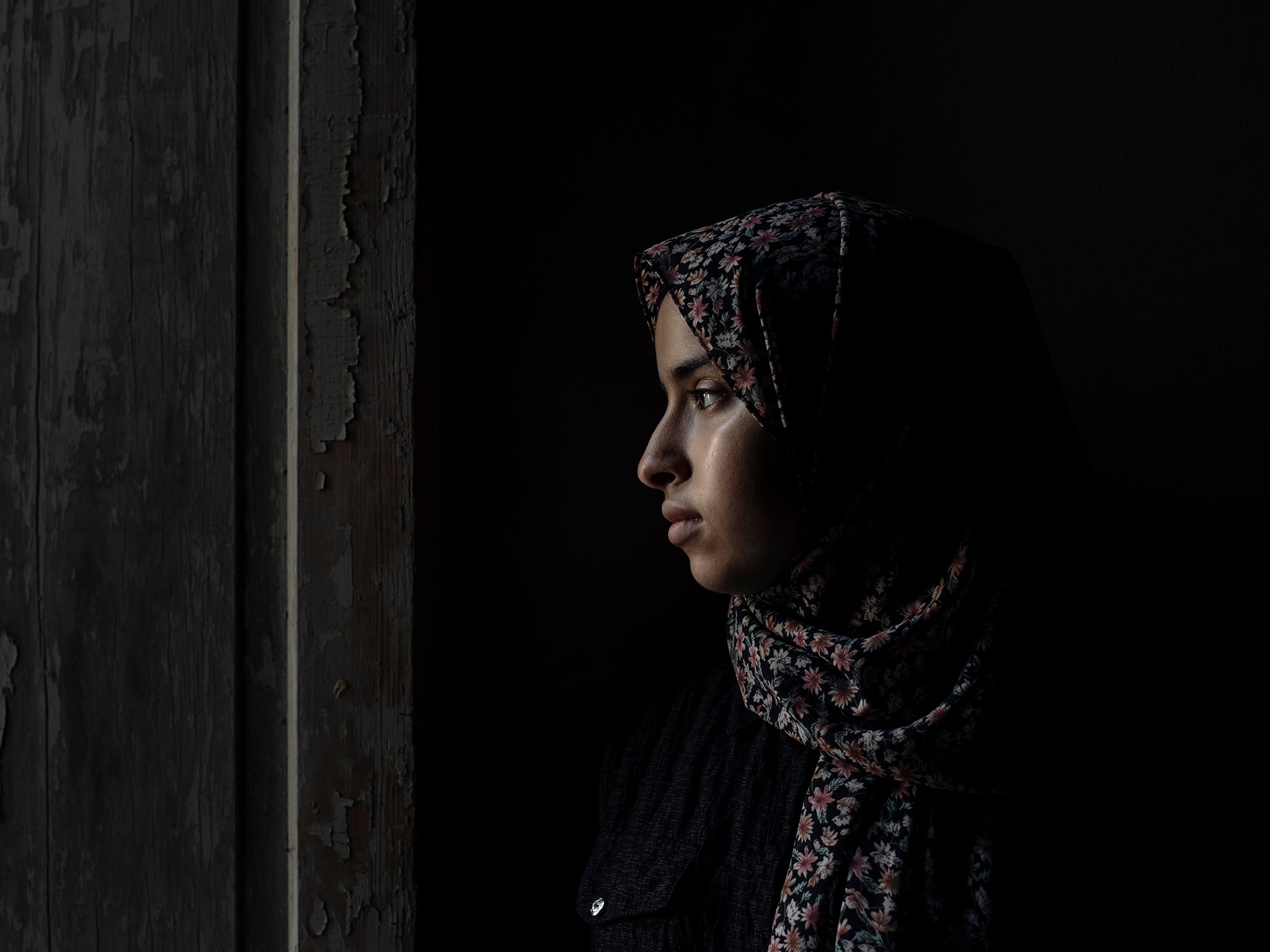
The Wajd programme is a holistic and sustainable care programme for orphans funded by the Qatar Fund for Development (QFFD) in response to the losses in Gaza’s 2014 war.
“When Baraka was enrolled into the programme she suffered from acute psychological trauma, was introverted, did not interact with others, and evaded school,” says Wajd director Maha Muhaisen.
“More than 2,165 of Gaza’s orphaned or fatherless enrolled in the programme have received unlimited individual and group psychosocial support sessions, as well as quality education, healthcare and vocational and career development for youth orphans and their mothers. At the heart of our mandate, we firmly believe that to be able to help the child you must support the family first.”
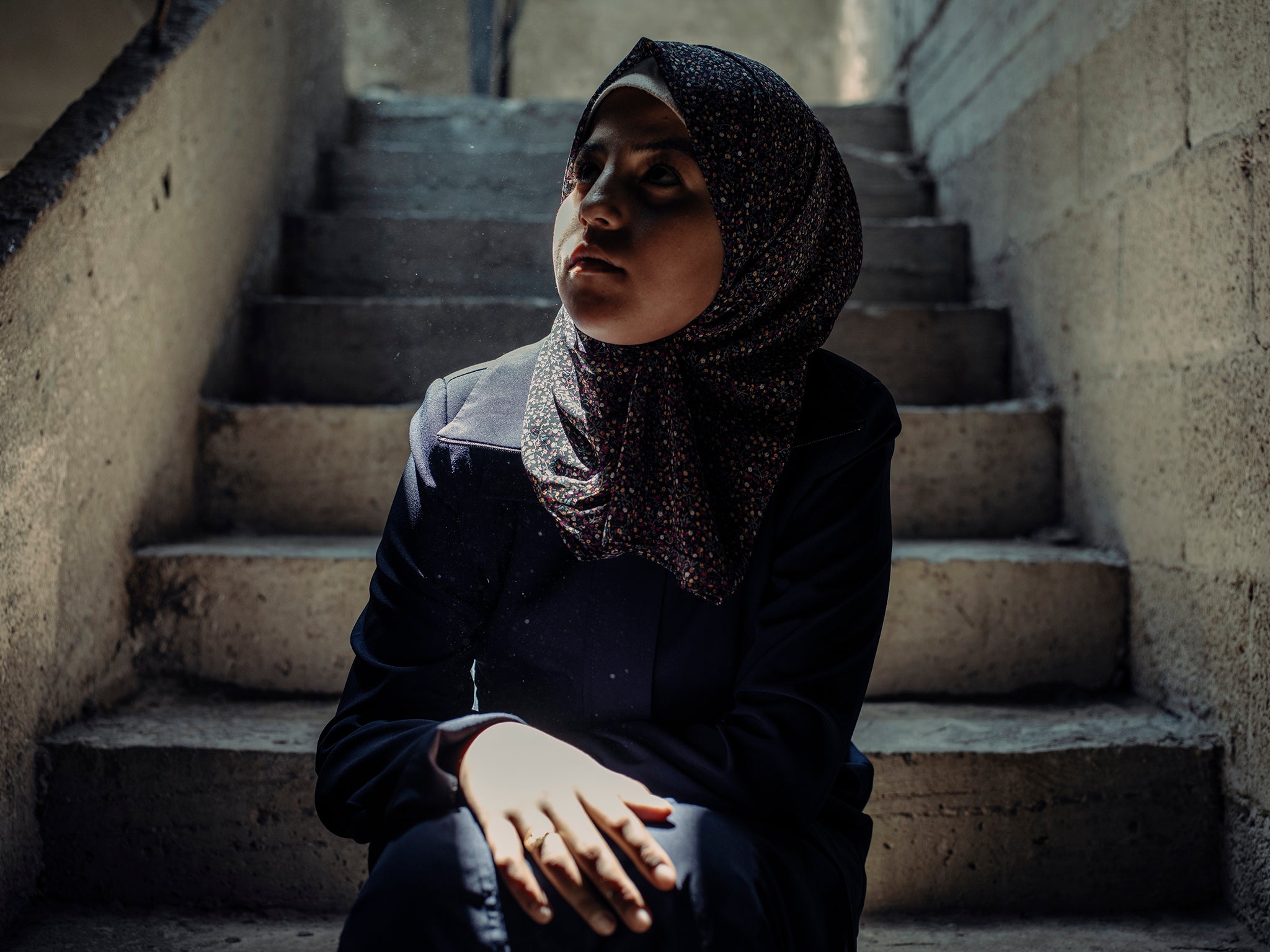
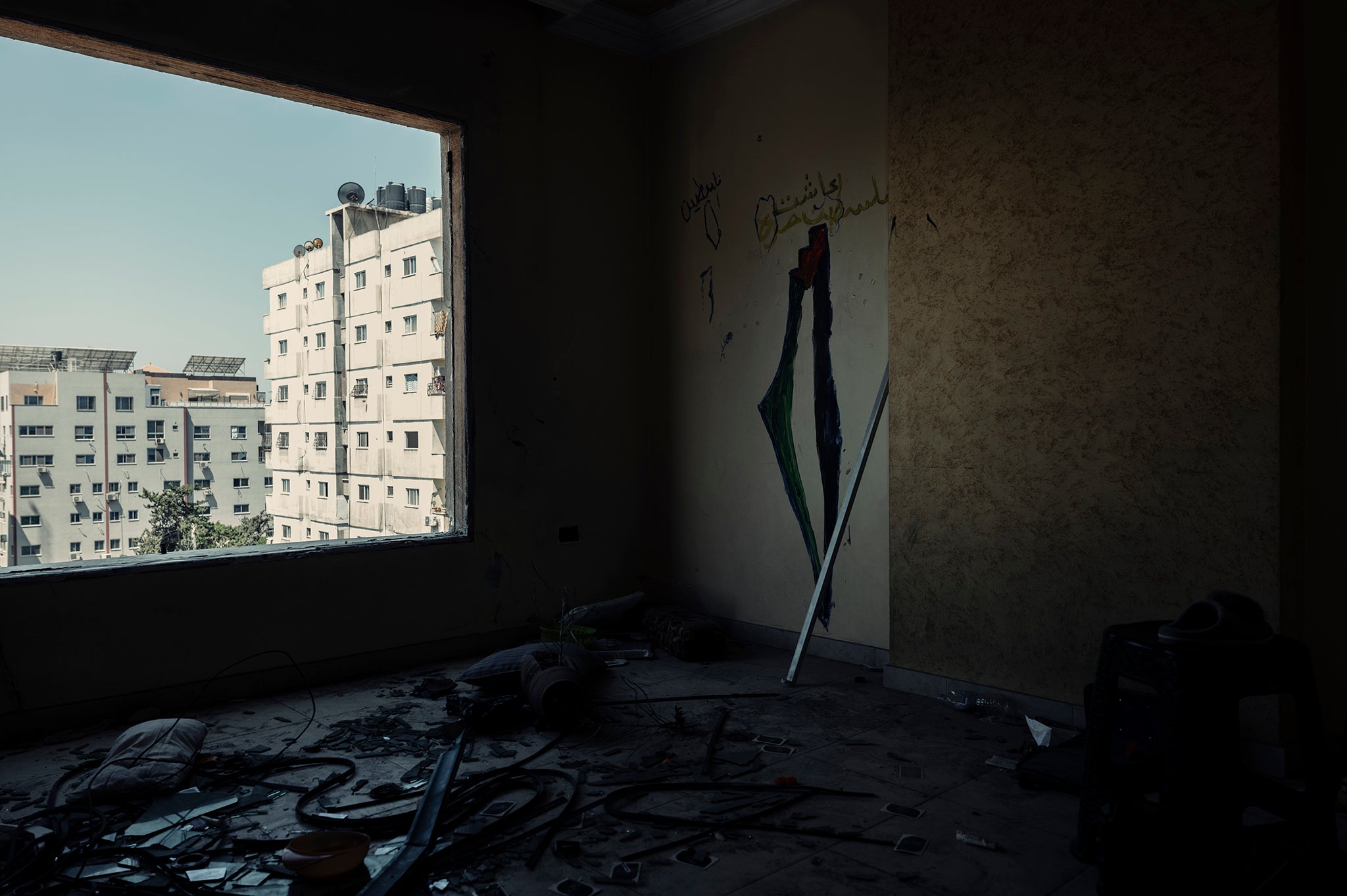
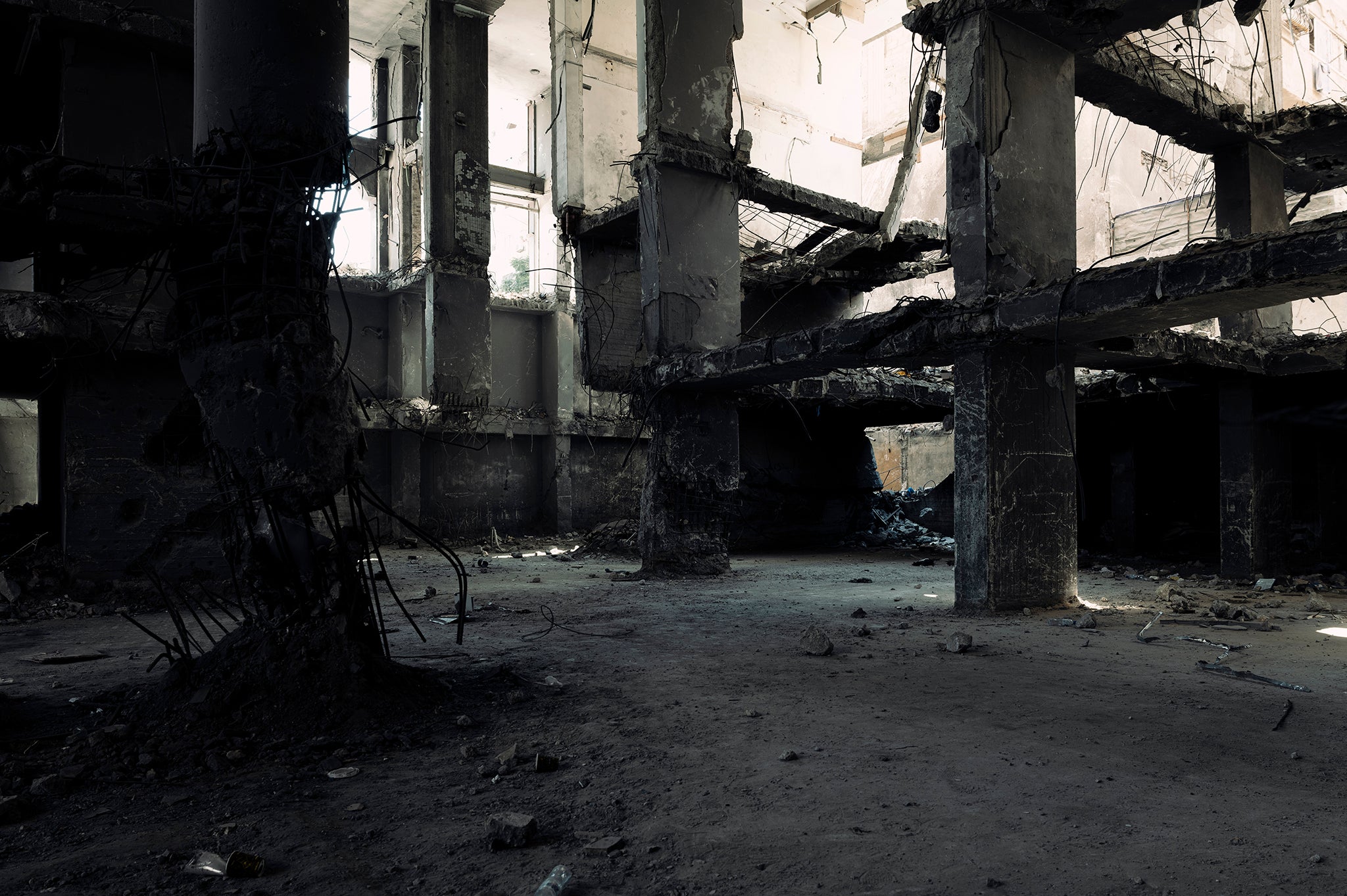
“The role of parents is fundamental in the development of children. If parents are under severe stress, and have experienced trauma themselves, that impacts their children,” concludes Muhaisen.
When conflict ends in Gaza, it does not mean children are safe. It simply means the race begins to prepare them for the next shock and the next escalation.
“Assisting children to build more resilient lives across the world must be our collective responsibility and priority. Those children, like Baraka, living by the finest of margins, compounded through an accumulative effect of multiple conflicts – trying to rebuild their lives – need us all to be steadfast. We cannot falter,” states Khalifa bin Jassem Al-Kuwari, director general of QFFD.
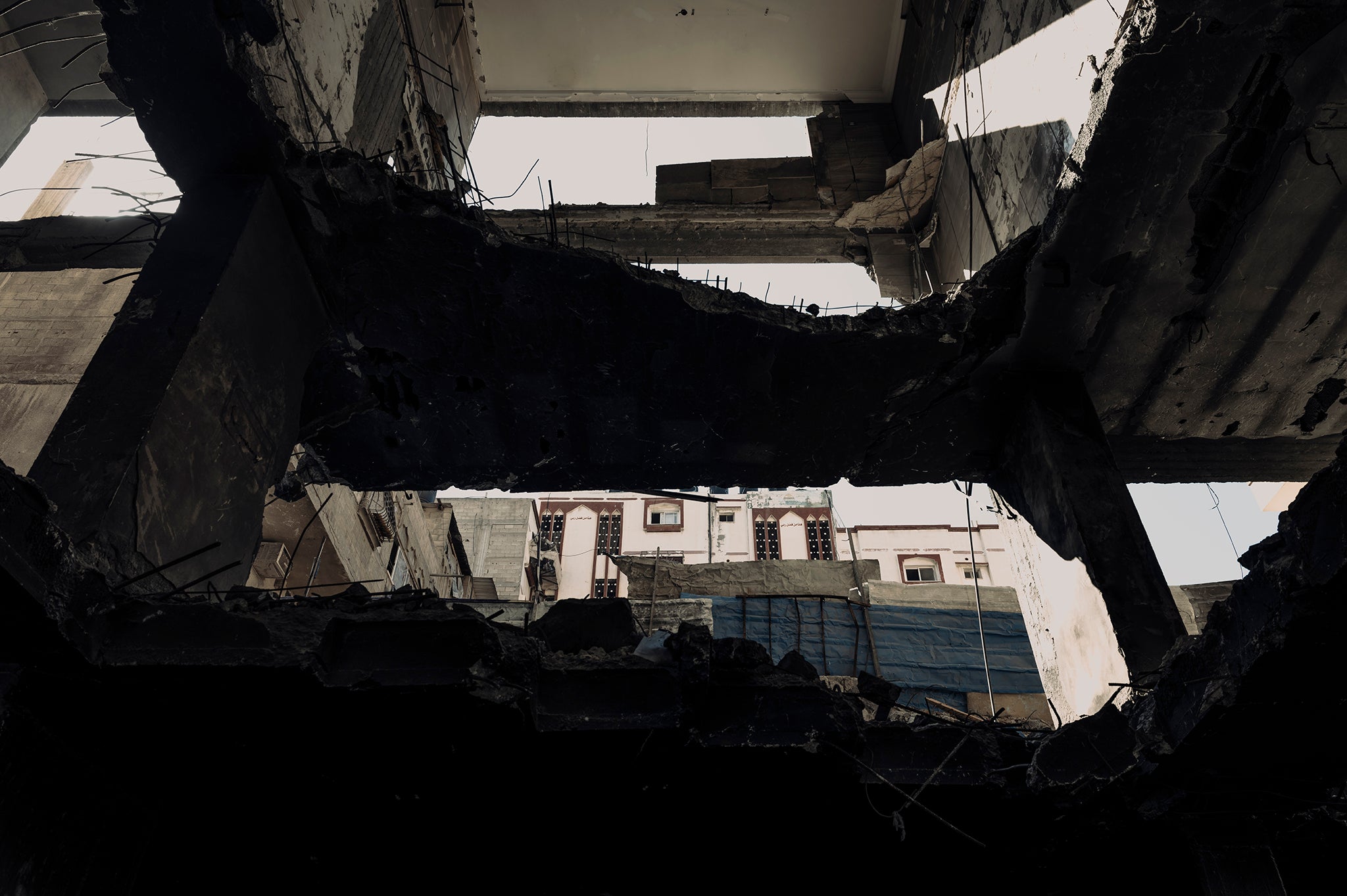
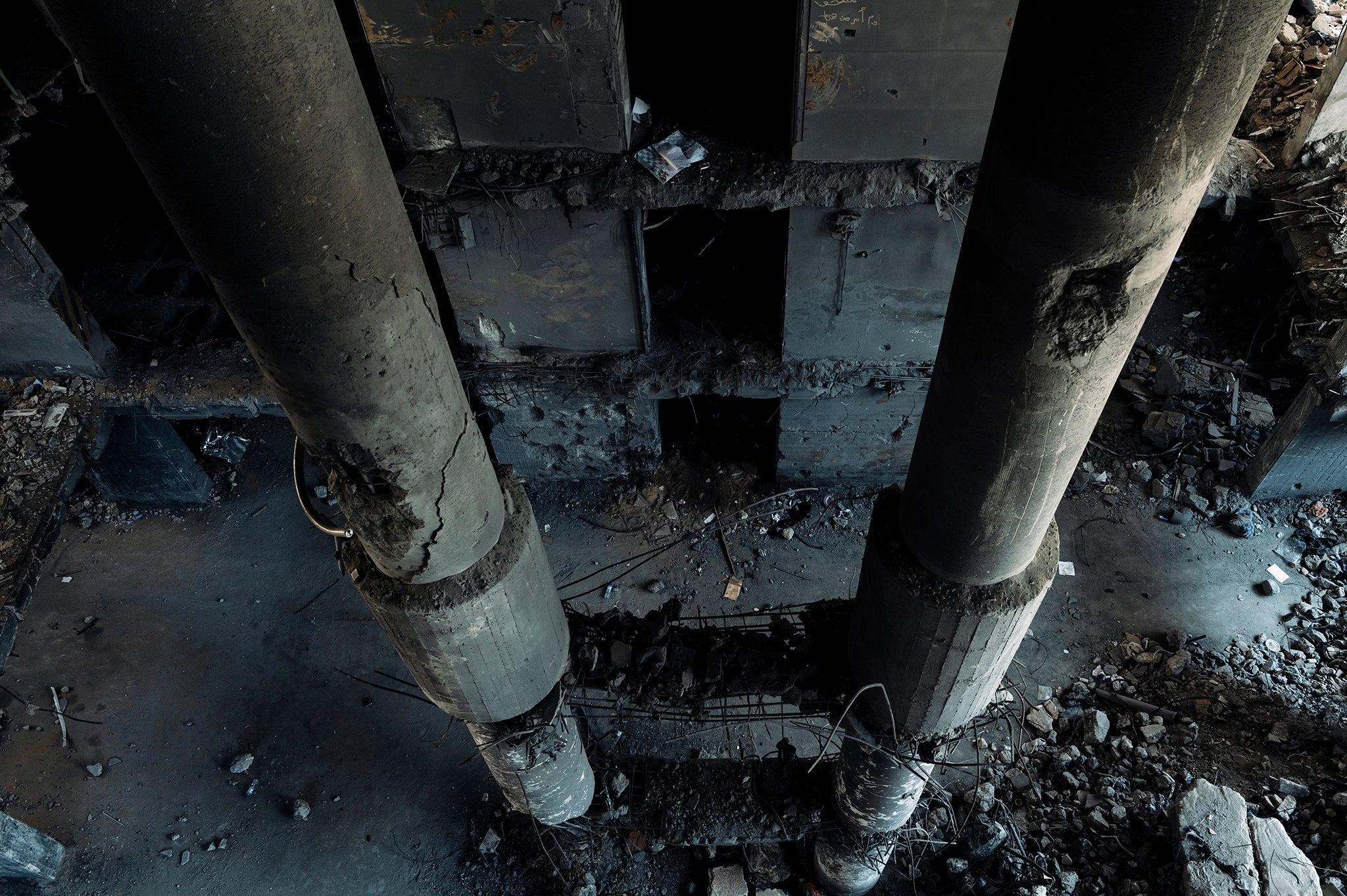
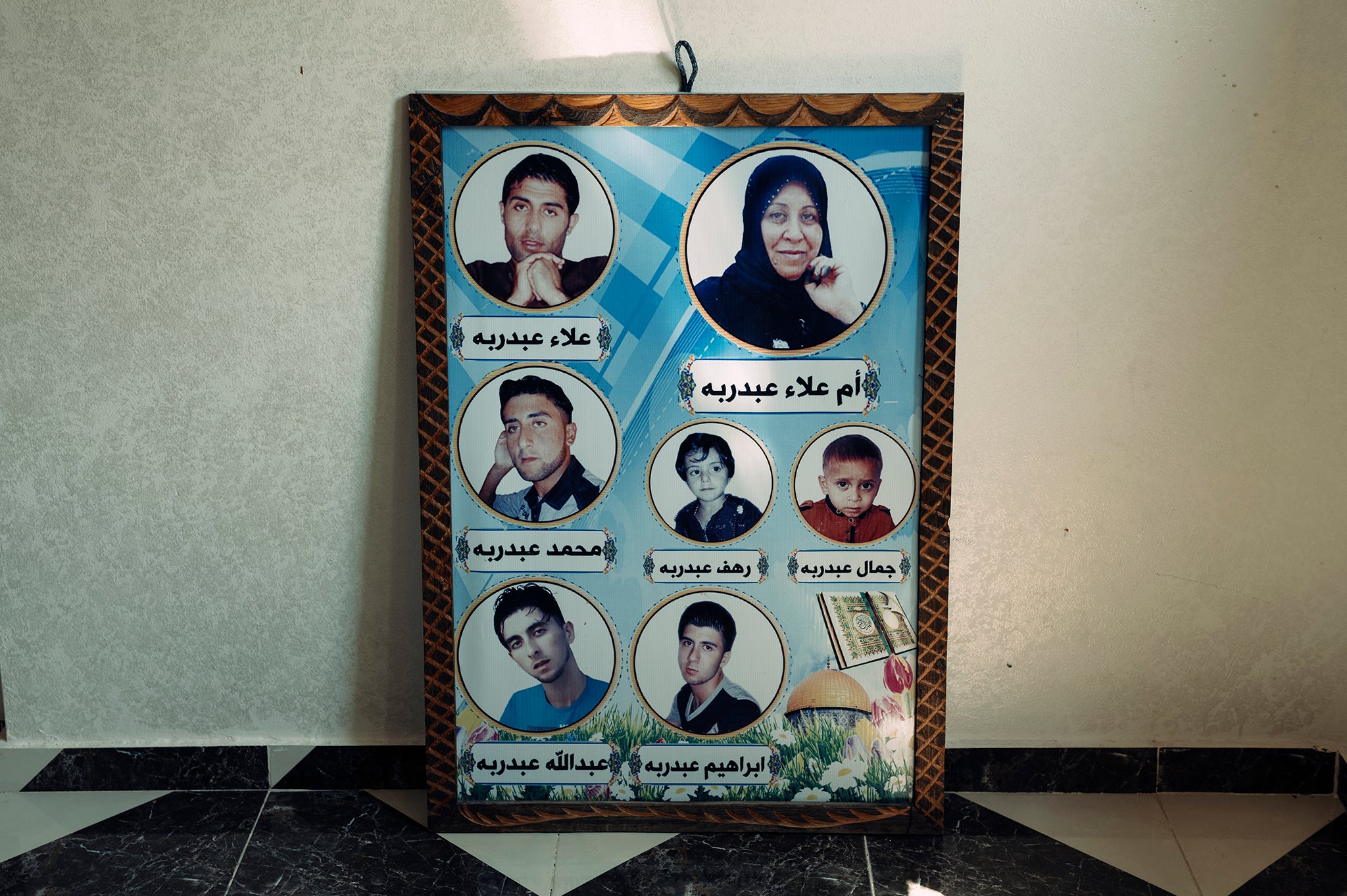
Baraka and many more of Gaza’s fatherless and orphaned children have made significant gains towards improved mental health and wellbeing, but it is still a work in progress.
Children living in Gaza face barriers which they cannot surmount. They are incarcerated by the 65km “iron wall” and are invisible to the world. It is not a question of if, but when, they will have to endure a fifth war. As before, they will pay the highest price, and the progress made by programmes such as Wajd will be wasted. But there is hope if the international community can demonstrate an inclination to find permanent solutions towards peace.
This article was amended on 18 January 2022. It previously said that unemployment in the strip stood at nearly 70%, but that figure was inaccurate and most recent sources put the unemployment figure at around 50%.
Join our commenting forum
Join thought-provoking conversations, follow other Independent readers and see their replies
Comments